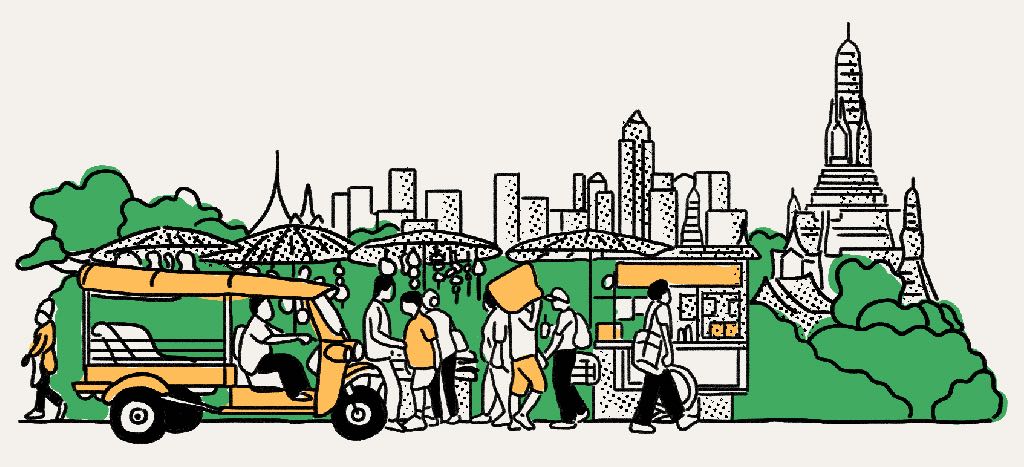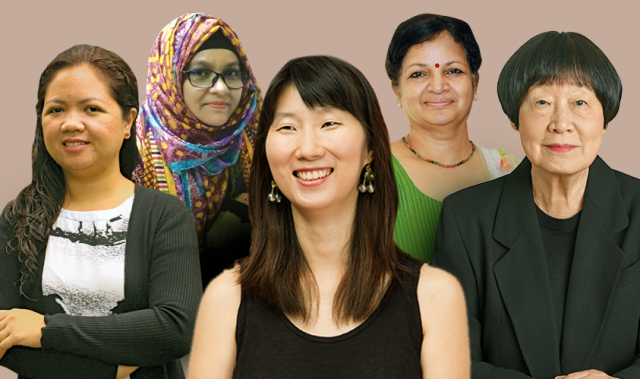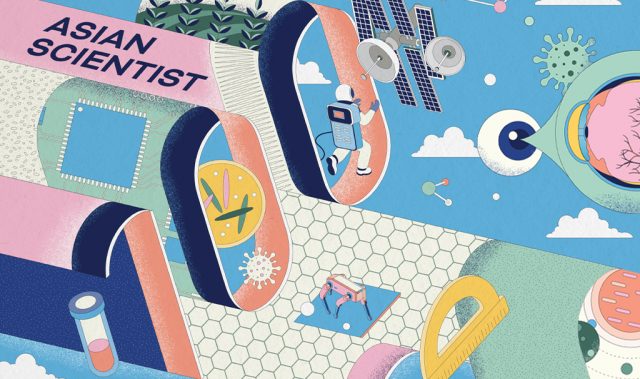
AsianScientist (Sep. 24, 2021) – From the majestic stupas of Borobudur to the stunning beaches of Boracay, Southeast Asia boasts some of the most impressive tourist attractions in the world. Home to 655 million people speaking over 1,000 languages and dialects, the region is also one of the most diverse in the world—as well as one of the fastest growing.
With international tourism at a standstill thanks to COVID-19, Southeast Asia has been hit particularly hard. Despite the gloom, there have been bright spots, including increased regional cooperation and breakthroughs in COVID-19 research, many of which were enabled by supercomputing.
With the full opening of borders possibly a year or more away, join us on a virtual tour of some of the most outstanding supercomputing sights in Southeast Asia, from Thailand and Indonesia to Singapore and the Philippines.
Indonesia

Supercomputer’s name: BINUS Supercomputing Cluster
Location: Bina Nusantara (BINUS) University AI R&D Center, Jakarta, Indonesia
Fast facts: Developed to service BINUS University’s genomics and deep learning needs, this workhorse is used in research projects tackling everything from cancer biomarkers to distance learning. With its versatility, the cluster is poised to propel BINUS University into a center for collaborative biomedical and artificial intelligence (AI)-focused research in all of Indonesia.
Top speed: 25.78 teraFLOPS
Compute cores: 34 Intel Xeon CPUs
Accelerators: 11,712 NVIDIA Tesla and GeForce GPUs
Highlights: The BINUS AI R&D Center team recently used this cluster to process the first genome-wide association study for the Indonesian population, which aimed to discover the relationship between specific genetic variations and the country’s most serious diseases. Although Indonesia has the fourth largest population in the world, with over 270 million people spanning 1,340 different ethnic groups, its people remain underrepresented in global genetics studies.
Thailand

Supercomputer’s name: TARA
Location: National Science and Technology Development, Agency (NSTDA) Supercomputer Centre, Pathum Thani, Thailand
Fast facts: TARA is a vision of things to come for supercomputing in Thailand. Launched in 2019 to serve the NSTDA’s R&D activities, it is the pilot cluster of the NSTDA Supercomputer Center (ThaiSC). In 2022, LANTA, a five petaFLOPs cluster, is expected to be in operation, expanding HPC service capability to the national scale.
Top speed: 250 teraFLOPS
Compute cores: 4,320 Intel Xeon CPUs
Accelerators: 30 NVIDIA Tesla V100 GPUs
Highlights: Thailand was the first country outside of China to record cases of COVID-19 and TARA was used to analyze the initial strain of the SARS-CoV-2 virus. The information gleaned from the sequencing studies helped the government mount a swift and precise response in the pandemic’s early days.
“These timely results led to a precise response to counter the spread of the original COVID−19 strain, possibly being one of the factors that helped Thailand avoid a surge of cases early on in the outbreak,” said Dr Manaschai Kunaseth, Team Leader, NSTDA Supercomputer Center (ThaiSC).
Singapore

Supercomputer’s name: ASPIRE 1
Location: National Supercomputing Centre, Singapore
Fast facts: Launched in December of 2016, Singapore’s Advanced Supercomputer for Petascale Innovation Research and Enterprise (ASPIRE 1) can be considered the elder statesman of Southeast Asia’s supercomputing squad. After supporting a broad range of projects from self-driving cars to weather modeling, Singapore’s National Supercomputing Centre (NSCC) announced in 2021 that they were investing S$40 million to build a 10 petaFLOPS successor to this legendary cluster.
Top speed: 1 petaFLOPS
Compute cores: 30,912 Intel Xeon CPUs
Accelerators: 128 NVIDIA Tesla GPUs
Highlights: Seeking to overcome the limits of relying on subjective patient examinations to diagnose and manage psychiatric illnesses, researchers at the Singapore Bioimaging Consortium (SBIC), Agency for Science, Technology and Research (A*STAR), are using ASPIRE 1 to process psychometric, neuroimaging and other data to find quantitative biomarkers that better identify and help treat patients of diseases like schizophrenia.
The Philippines

Supercomputer’s name: Super Jojie
Location: Asian Institute of Management, Manila, the Philippines
Fast facts: Acer-developed Super Jojie is the beating heart of the Analytics, Computing and Complex Systems (ACCeSs@AIM) lab at the Asian Institute of Management. As the fastest of its kind in the country, it is currently being used to tackle national challenges like water shortages and educational performance during the COVID-19 pandemic. Currently optimized for AI applications, it is being upgraded to enable it to take on more Big Data workloads.
Top speed: 1.2 petaFLOPS (single-precision)
Compute cores: 48 Intel Xeon CPUs
Accelerators: 96 NVIDIA GeForce GPUs
Highlights: Together with partners from government and the private sector, the ACCeSs@AIM team used Super Jojie to develop and deploy a contact tracing algorithm that prioritizes compromised individuals based on comorbidities, age and ‘superspreader’ potential—an appropriate use for a supercomputer that is named after an employee who secured the supercomputer’s quick release from a customs checkpoint, known to her colleagues as a superwoman who can get difficult things done!
This article was first published in the print version of Supercomputing Asia, July 2021.
Click here to subscribe to Asian Scientist Magazine in print.
———
Copyright: Asian Scientist Magazine. Illustration: Oikeat Lam/Asian Scientist Magazine.
Disclaimer: This article does not necessarily reflect the views of AsianScientist or its staff.











